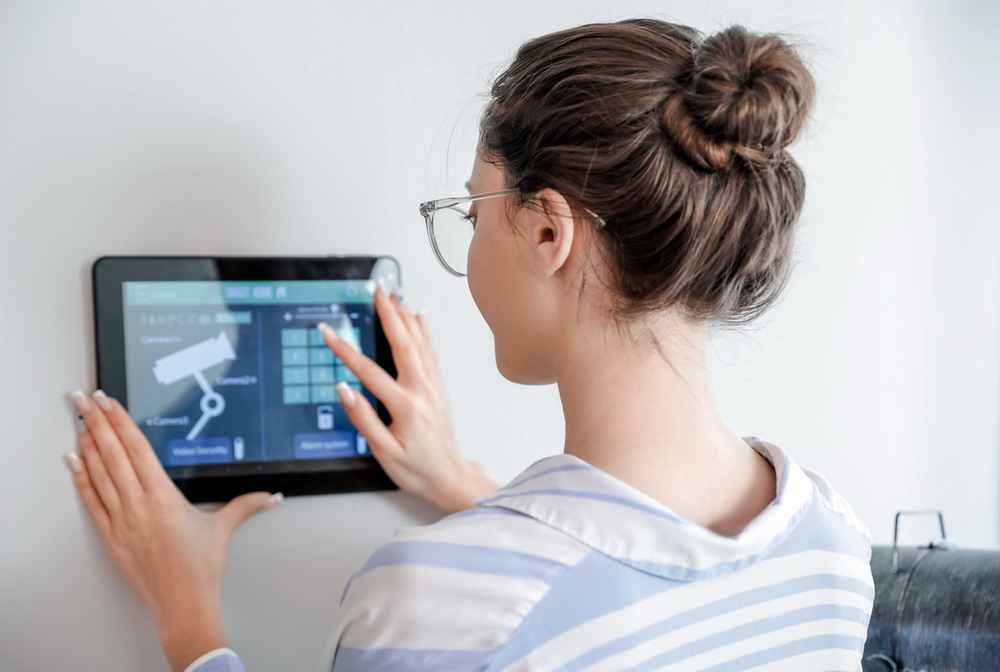5 Things to Consider When Designing a Smart Home System

Our collective knowledge of smart home technology has advanced to the point where more people are comfortable about designing their own smart home systems from the ground up. Tech minded people are less likely to feel as though they need to buy a prepackaged smart home kit with everything included. They are more comfortable with the idea of mixing and matching devices and building systems as they go.
Is this an accurate description of your approach to smart home technology? And if so, are you getting ready to embark on a new project to design a complete smart home system from scratch? Good luck and Godspeed. But before you get started, there are five things you need to spend some time thinking about:
1. Your Living Arrangements
The starting point is your living arrangement. Do you own or rent? This makes a significant difference. As Vivint explains on its website, renters may not have the freedom to use certain types of smart devices, like video doorbells. Any device that would require a renter to alter the property would probably be off limits.
Homeowners have an obvious advantage in that they can do with their properties as they see fit. But they still need to be careful about any permanent alterations that could affect property value, at least if they want to maximize future sale price.
2. First Floor Entry Points
These days, home automation and home security are integrated into a single system. That being the case, consider all the first-floor entry points in your home. They will determine the number of security cameras you invest in as well as window, door, and motion sensor placement. Remember that first-floor doors and windows are the most common entry points for intruders.
3. The Size of Your Home
Home automation and security are about efficiency, comfort, and safety. As you design your smart home system, consider all three aspects in relation to the size of your home. A larger home may offer more opportunities to make your property more efficient. But larger homes also create more opportunities for security risks.
The size of your home may determine how many video cameras you install. It might determine whether you decide to divide the house into separate zones for heating and lighting purposes. If you want to maximize the smart home concept, size truly does matter.
4. Current Home Appliances
Vivint recommends considering something some of its competitors do not mention: the current appliances in your home. They mention fuel-burning appliances in particular. If your home is equipped with any such appliances – like gas stoves, water heaters, etc. – you are probably going to want to include CO detectors in your design.
5. Device Compatibility
Finally, you will have to consider device compatibility at two levels. The first level is compatibility between smart devices you currently own and those you plan to add to your system. Compatible devices can be integrated across an entire smart home system. Incompatible devices cannot.
The second level of compatibility relates to your smart home hub. Designing a complete system almost always includes a hub for centralized control. All the devices in your system must either be compatible with the hub or accessed with separate mobile apps. A centralized hub is the more efficient way to go.
Designing your own smart home system can be quite a project. But if you are into that sort of thing, it is a fantastic project to get involved in. Just take your time and think things through. That is how you avoid costly mistakes.




